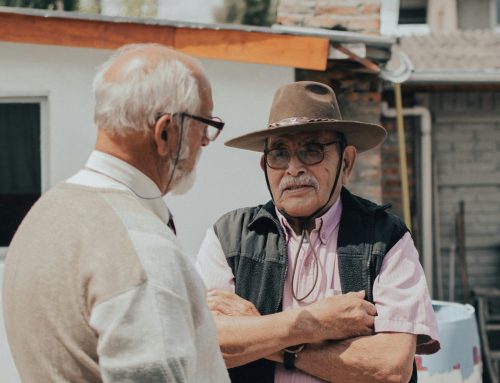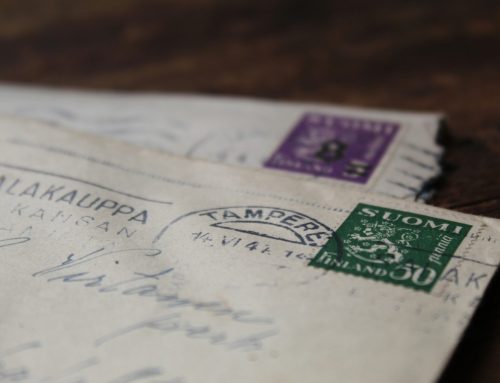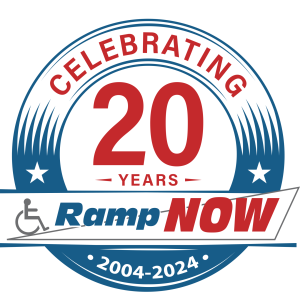The western suburbs are being teased with the revival of one of the only drive in movie theaters to ever grace the area.
For many seniors it’s a tradition that they grew up with – a place that they took their dates, and later their families. It’s a place where they’ve seen many of the best pictures on the big screen from the front seat of their vehicle. It’s a place that evolved in America with a working middle class and a rise in car ownership.
The Drive In’s Rise in Popularity
While drive in movies have been around since 1915, they didn’t hit their peak for a few more decades. A perfect mix of social factors caused the rise in popularity. More Americans left the confines of the city for the sprawling space of the suburbs. A car became a necessity to get from point A to point B.
The dependability of manufacturing jobs and higher middle class wages following World War II also contributed to an increase in vehicle ownership.
The Spread of Drive Ins
In rural areas, drive in movie theaters became more practical to build than a theater, because of their lower expense. By 1958, there were more than 4,000 across the country. They were also cheaper to attend for this reason. Families with young children could more easily enjoy the movie without having to worry about the disruption of crying infants or distracted toddlers.
The Rise of Home Entertainment
By the 1970s and 80s it became easier for people to watch the movie of their choice without leaving their home. Color television, cable tv, Beta, and VCRs all led to this ability to remain entertained in the home.
Yet with all the technological advancements, there’s something special and nostalgic about watching a movie on the big screen from the front seat of your automobile. Maybe at some point again it’ll be easier for those in the suburbs.








